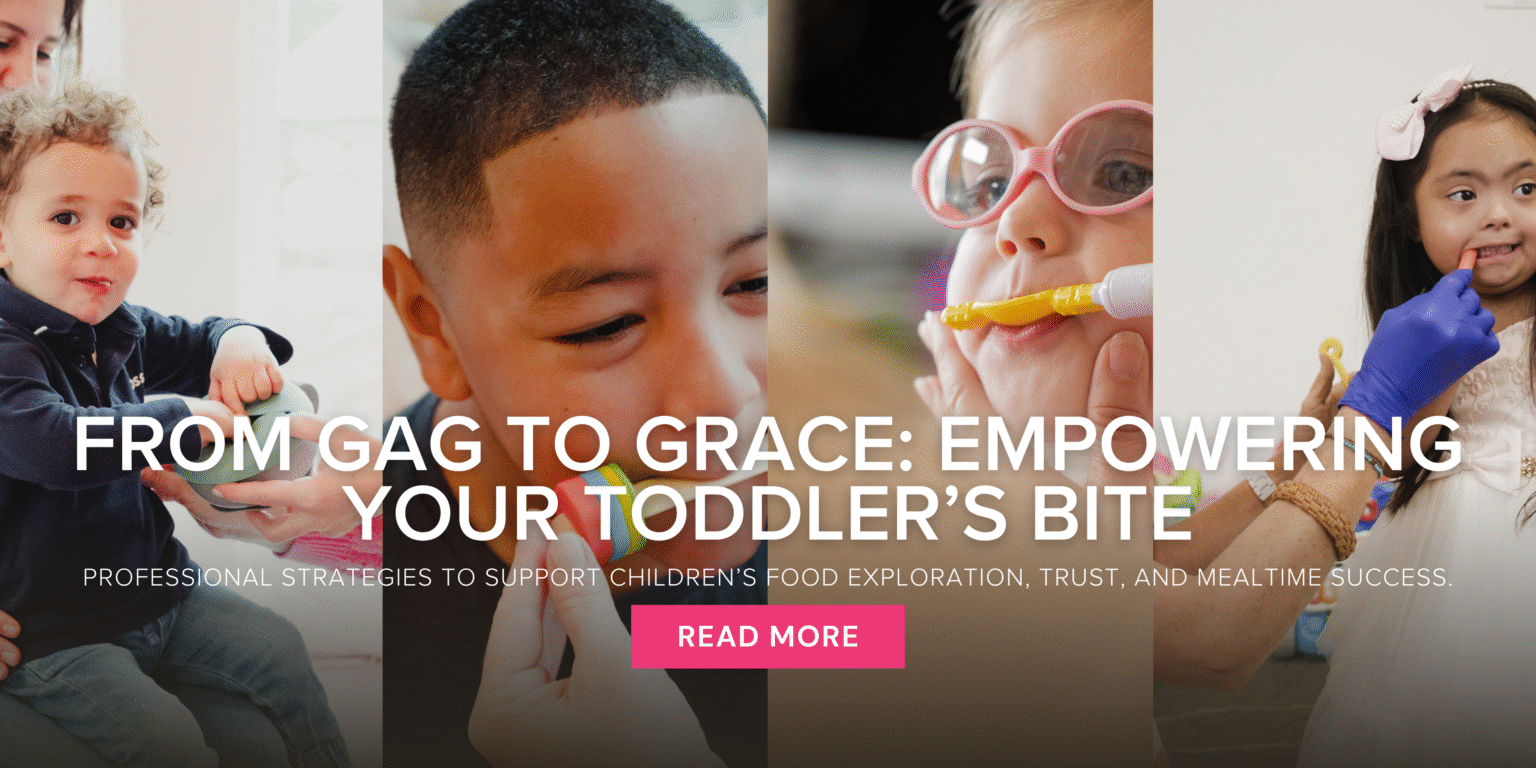By Blair Perry OTR/L

About the Author
Hi! My name is Blair. I am a pediatric Occupational Therapist of 17 years, mom of three boys and many dogs. I hold a Master of Science in Occupational Therapy from The Medical University of South Carolina and have been practicing in the public school based setting for the last 14 years. Prior to my entry into the public schools, I worked in a private clinic, as well as home health serving birth to 3 y/o. I currently work with children from 3 years of age up to 21 with varying diagnoses including global developmental delays, specific learning differences, autism spectrum disorder, cerebral palsy, down syndrome, and social/emotional delays. I am passionate about my job as an OT and adore having the opportunity to be a part of meeting milestones, supporting differences, and providing interventions and strategies for obtaining utmost independence.
As a therapist in the schools and working with such a wide range of differences and deficits, oral input is a frequent topic of conversation. Some individuals need more input for self regulation and organization due to both hyper and hypo sensitivities received. I have utilized a multitude of “chewy” options, finding that every child is different in what works best for them; what works one day may not work the next. However, with my younger kiddos and older students functioning with moderate to severe intellectual disabilities, I have had very good success with the TalkTools chewy necklaces (available in different firmness, themes, and colors). With my older elementary kids and high schoolers, I love the new TalkTools Chewzies options. These Chewzies can be made into a necklace, placed on hoodie strings, and/or used as a pencil topper. These come in various texture and fun color options.
Chewing options can be beneficial for:
- Delayed feeders
- Children with sensory processing disorder
- Children with oral motor deficits
- Children with attention hyperactivity
- Children with global developmental delays
- Children with autism spectrum disorder
There are a variety of positive outcomes possible when implementing chewing manipulatives. Some of these outcomes include:
- Improving oral motor awareness
- Developing chewing ability
- Decreasing inappropriate chewing behavior (chewing on clothes, pencils, non-food objects, hands, finger nails, their own hair, biting)
- Decreasing aggressive behavior
- Decreasing sensitivity to food textures
- Decreasing anxiety
- Improving attention during fine and visual motor activities
- Help with transitions
Chewy manipulatives options include sensory chew necklaces, bracelets, pencil toppers, Chewzies , oral fidgets, baby chewys and vibration. These are all dependent on the child and the child’s preferences and tolerance of manipulatives.



